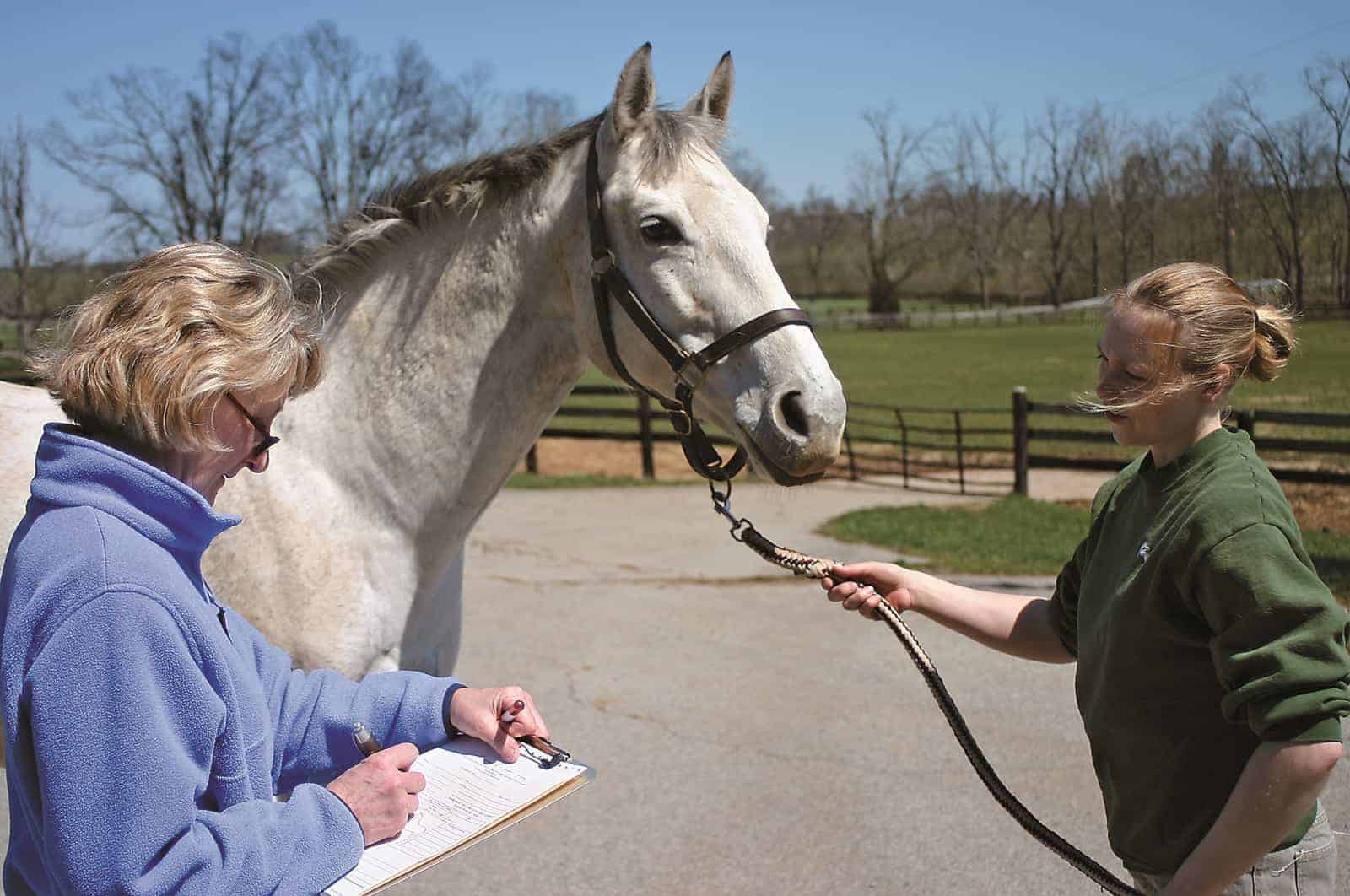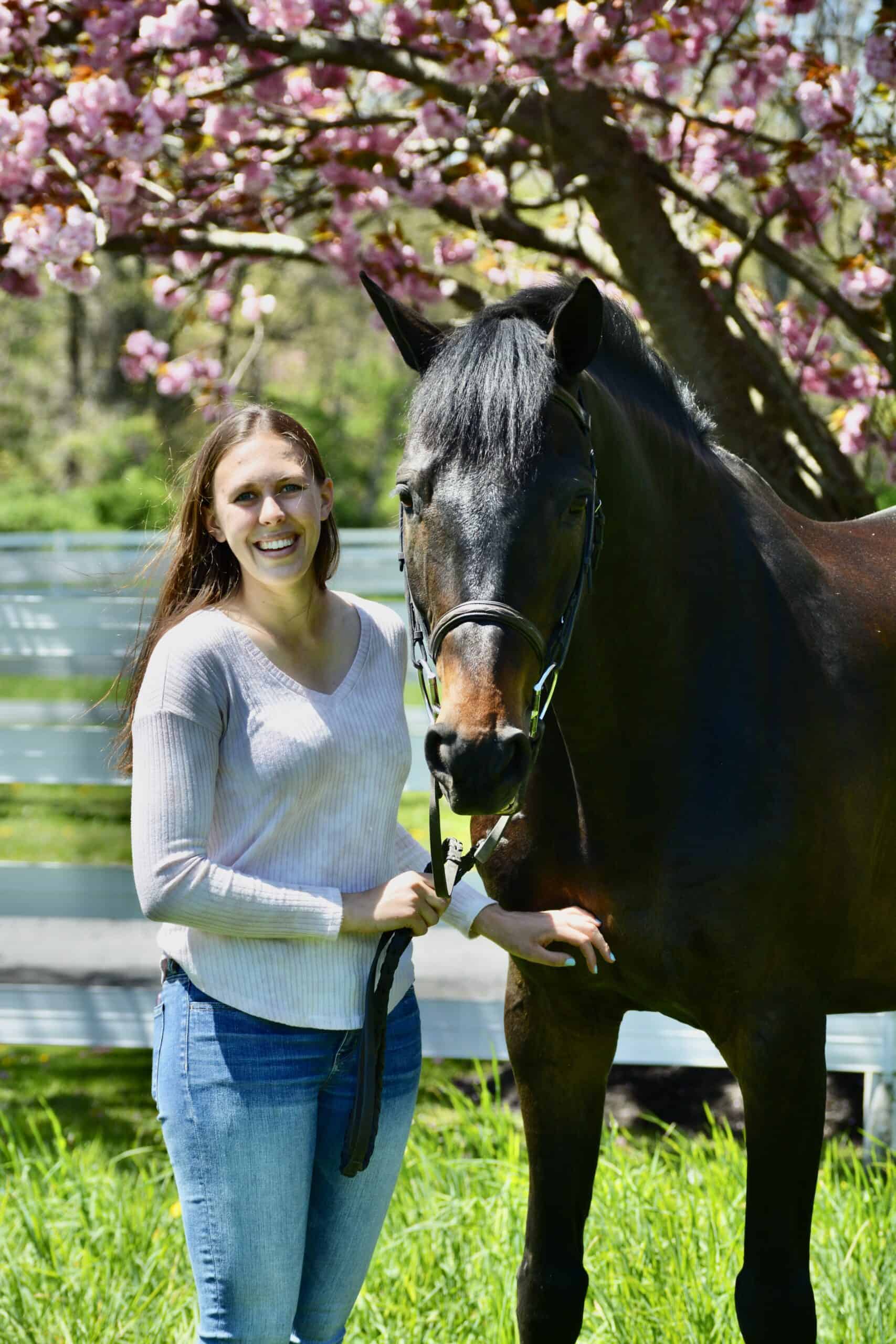Payment at Time of Service in Equine Veterinary Practice

In a mobile equine practice, taking payment from clients at time of service can be challenging for veterinarians. Their busy schedules often require them to move quickly from farm to farm, making it difficult for them to generate invoices and collect payments before leaving, and some clients might not be prepared to pay at the appointment. Recently, equine practitioners highlighted the importance of developing a system for immediate payment collection, emphasizing its vital role in the financial success of a veterinary practice (regardless of size), at the 2023 American Association of Equine Practitioners Convention, held Nov. 29-Dec. 3 in San Diego, California.
Jim Zeliff, DVM, MBA, and Nadine Salomon, VMD, CVSMT, both of Allegheny Equine, in Murrysville, Pennsylvania, and Ashley Galen, DVM, MS, IVCA, of Tacoma Equine Hospital, in Washington, led the roundtable discussion. They agreed that creating a system where clients pay for veterinary services when rendered can decrease accounts receivables, increase practice profitability, help create a system where all veterinarians are compensated for their work in a timely manner, and reduce the number of staff members dedicated to collections. Paying veterinarians on time can increase employee retention and job satisfaction, they said, and by reassigning staff members previously needed for collections, efficiency and patient care might improve.
To establish a payment at time of service policy, the roundtable speakers and participants said equine veterinary practices should:
- Set appropriate client expectations ahead of time—be sure clients understand well in advance they are expected to pay at the time of the appointment.
- Set up the infrastructure for success before implementing a payment at time of service policy. Create invoice templates and develop payment system options (cash, check, credit card, etc.).
- Generate procedures for daily infrastructure to ensure the policy’s success for office staff, veterinarians, and owners by clearly communicating the policy and preparing estimates before appointments.
- Produce protocols to track and follow up with owners regarding missed or declined payments.
- Only pay veterinarians commission on collected invoices (if applicable).
Take-Home Message
The speakers agreed that successful implementation of a payment at time of service policy starts with practice leadership buy-in. This can help associate veterinarians see the benefits of following the policy in practice. To increase accountability, if a veterinarian misses a payment during an appointment, that provider should be responsible for collecting it, they added. Although some practices might experience pushback from clients about implementing these policies, the roundtable participants agreed that practices already using one have generally been met with understanding from clients.
Additional 2023 Wellness Coverage:

Written by:
Haylie Kerstetter
Related Articles
Stay on top of the most recent Horse Health news with















